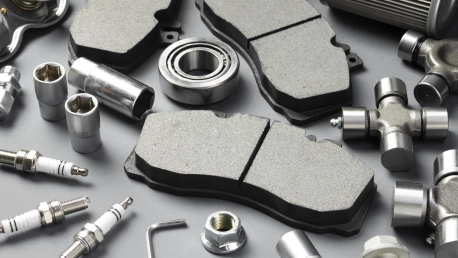Amidst the economic ripples from the pandemic and the soaring costs of purchasing new vehicles, Americans are increasingly turning away from car showrooms and heading towards auto parts retail stores. This behavioral shift isn’t just a blip on the radar; it signals a systemic change in the way consumers address their automotive needs. The result has been a windfall for major auto parts retailers like AutoZone, O’Reilly, and NAPA, who are basking in the glow of robust sales performances. The surge in demand for car parts and maintenance supplies is more than a stroke of luck. It’s grounded in the reality of an aging US vehicle fleet. With the average age of vehicles on the road reaching historic highs, the need for parts and repairs naturally follows suit.
Rising From the Ashes: Physical Retail’s Unexpected Champion
The robust demand for auto parts has not only fueled these companies’ prosperity but has also ignited a significant desire for physical retail spaces. In the past three years, the auto parts segment has markedly outshone other retail sectors, drawing in customers who prefer the tactile, in-person shopping experience when it comes to maintaining their vehicles. The expertise and curated inventory that brick-and-mortar stores provide are valuable assets to consumers who require immediate solutions and advice. This preference has carved out a strong foothold for retail auto parts suppliers, indicating that the relationship between consumers and tangible stores remains unwavering in this niche market.
Analyzing Industry Tailwinds
In the wake of an ongoing pandemic and rising new vehicle costs, Americans are increasingly bypassing car dealerships in favor of auto parts stores. This trend reflects a profound shift in consumer behavior towards automotive upkeep. As a consequence, auto parts giants like AutoZone, O’Reilly, and NAPA are enjoying a considerable surge in sales. But this isn’t mere chance. It’s a reflection of the burgeoning age of America’s cars on the roads, with the national average reaching record levels. Consequently, an uptick in the demand for car parts and maintenance essentials aligns with the upkeep required for these older models. The pattern emerging from this economic climate is clear: individuals are extending the lives of their vehicles, thus bolstering the auto parts sector significantly. The scenario highlights a change indicative of broader economic pressures and a practical response by consumers facing them.









